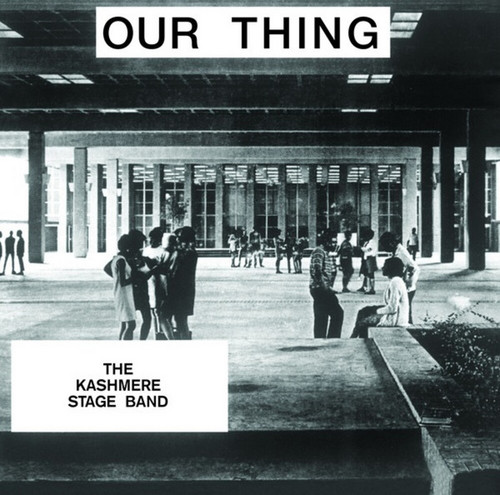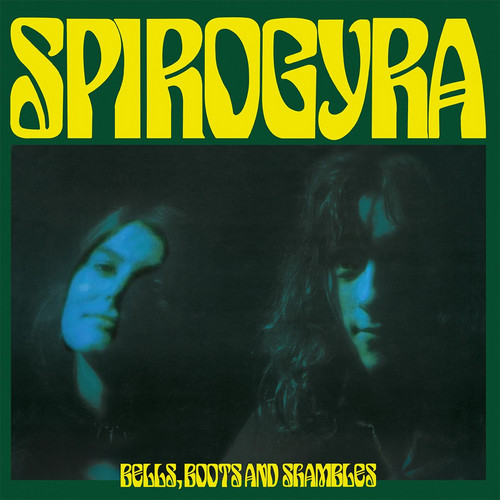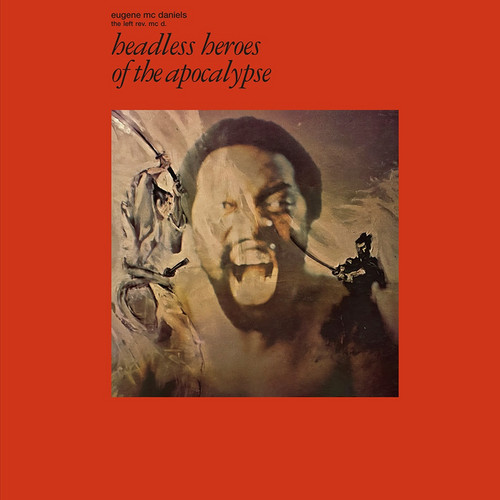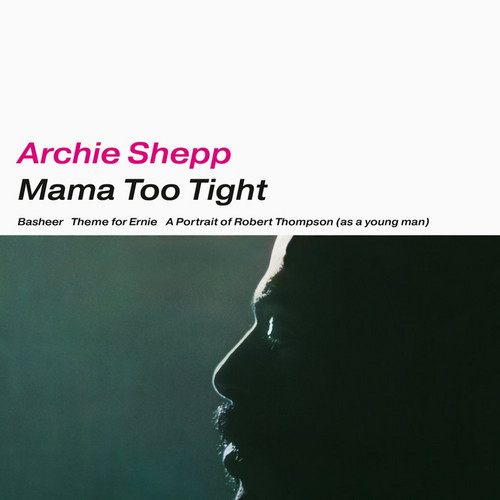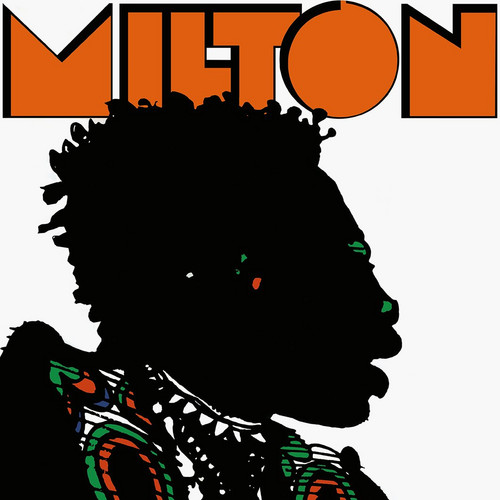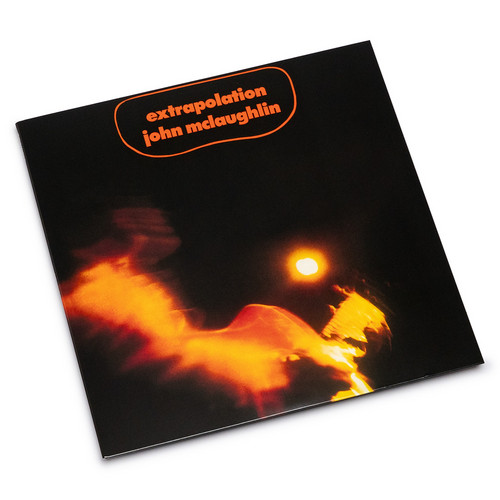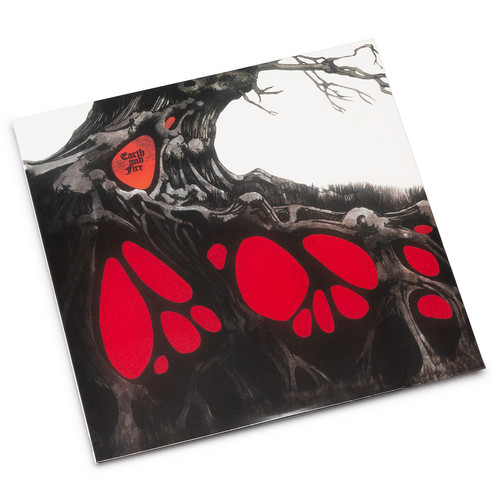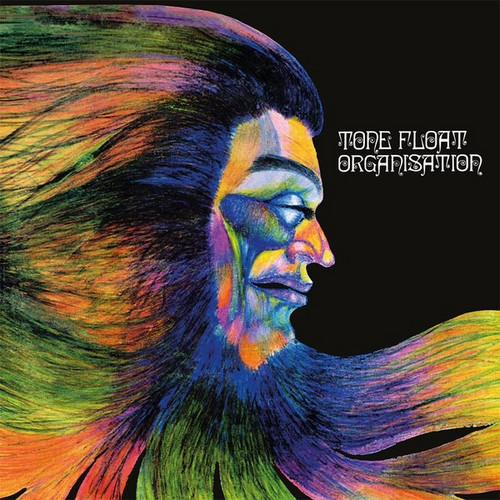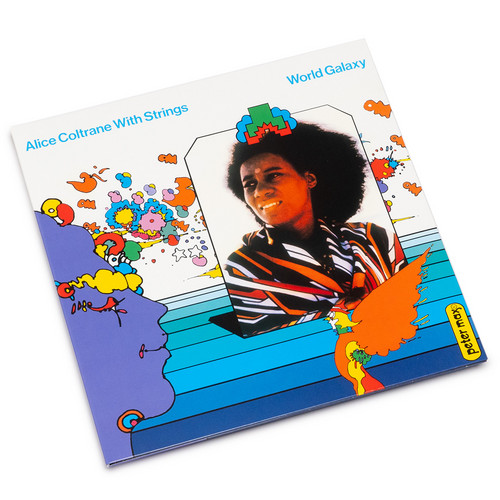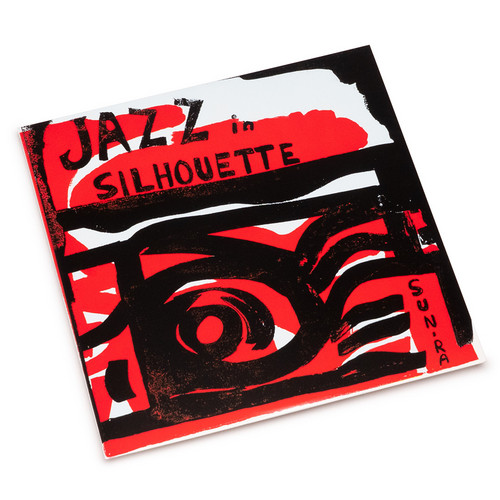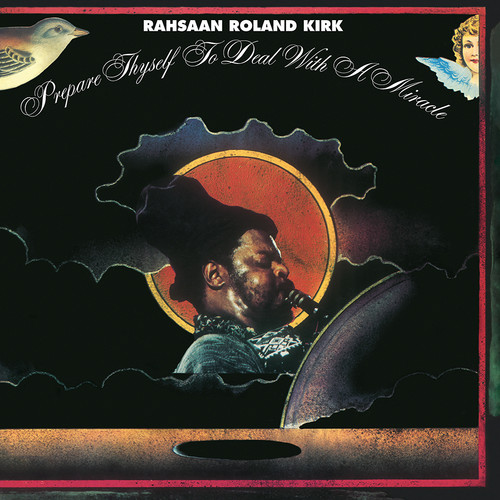★Endless Happiness
Our Thing
From the halls of Kashmere High School to the discographies of funk aficionados worldwide, the Kashmere Stage Band’s debut album Our Thing, self-released in 1969, stands as a defining artifact of American funk. Born from a Texas student ensemble under the exacting direction of musical director Conrad O. Johnson, the band forged a sound steeped in raw, unfiltered groove and high-velocity horn work that would resonate for decades.
Our Thing captures the Kashmere Stage Band at a pivotal moment: a r…
Bells, Boots And Shambles
Bells, Boots and Shambles by Spirogyra channels existential uncertainty, merging folk roots with progressive and classical flourishes. Anchored by delicate instrumentation and the crystalline voice of Gaskin, the album remains a deeply emotive exploration of loss, hope, and ambiguity, earning its reputation as a pivotal yet underappreciated work in progressive folk history.
Headless Heroes of the Apocalypse
Headless Heroes of the Apocalypse by Eugene McDaniels is a singular statement of early-70s soul dissent, bridging the realms of jazz, funk, and political activism. With inventive musicianship and lyrics addressing injustice, colonialism, and resistance, the album remains a powerful, relevant artifact, both musically adventurous and unflinching in its message.
Mama Too Tight
Originally released in 1967, Mama Too Tight stands as one of the most daring and structurally innovative albums from Archie Shepp, a pivotal figure in the free jazz movement and African-American cultural protest of the 1960s. Distinct from his more explosive works, this album showcases a refined compositional complexity, featuring avant-garde marching-band-style arrangements, masterful horn orchestrations, and a unique blend of humor and improvisational tension.
The title track, Mama Too Tight, …
Milton
“Milton,” the fourth studio album from groundbreaking Brazilian artist Milton Nascimento, emerged in 1970 as a pivotal moment for the Minas Gerais music scene. Released in partnership with the progressive rock band Som Imaginário, this landmark record continues to inspire generations, both for its audacious blending of genres and its trailblazing studio innovations.
Renowned for its rich instrumentation and stylistic diversity, “Milton” laid the essential groundwork for Nascimento’s subsequent m…
Ball of Eyes
Placebo's debut LP "Ball of Eyes" is a remarkably focused Soul Jazz record, without the experimentation or Free Jazz moments which were still in vogue during the first half of the '70s. Excellent covers of Marvin Gaye's "Inner City Blues" and Sam & Dave's "You Got Me Hummin'" as well as his own compositions make "Ball of Eyes" a perfect example of the genius of Marc Moulin and his incredible band.
Extrapolation
“Extrapolation,” the debut solo album by visionary guitarist John McLaughlin, continues to stand as a landmark in the evolution of jazz fusion. Recorded in London before McLaughlin’s legendary collaborations with Miles Davis and the formation of the Mahavishnu Orchestra, this 1969 classic exemplifies a bold new direction for British jazz.
A pioneering force in modern music, McLaughlin brought together an extraordinary group of musicians for “Extrapolation”: John Surman (baritone and soprano saxo…
Mountain In The Clouds
Originally released in 1972, bassist Miroslav Vitouš’s acclaimed album Mountain in the Clouds returns to the spotlight as a remixed, expanded edition of his influential 1970 debut, Infinite Search. Widely celebrated as a seminal document in the birth of jazz-fusion, this recording chronicles the early, creative explosion of a new musical era. With Mountain in the Clouds, Vitouš pushes the limits of jazz bass, blending lyrical improvisation and experimental technique to striking effect. The album…
Earth And Fire
1970 marks a new chapter in European rock as Earth and Fire captivate listeners with their self-titled debut album, blending progressive and symphonic sounds Available now, Earth and Fire introduces audiences to a rich sonic landscape, characterized by the band’s signature blend of progressive rock influences and sweeping symphonic elements.
Earning immediate acclaim in their home country, Earth and Fire’s visionary approach is exemplified by their breakout single, “Seasons,” which soared to No.…
Whipped Cream & Other Delights
Originally released in 1965, Whipped Cream & Other Delights stands as the landmark fourth studio album from Herb Alpert & the Tijuana Brass. Universally recognized as the group’s most popular and commercially successful record, the album masterfully blends elements of pop, jazz, and Latin-inspired instrumentals, offering an irresistible listening experience that continues to captivate audiences across generations.
Known for its smooth, catchy melodies and vibrant, upbeat arrangements, Whipped Cr…
Tone Float
Reissue of Organisation's Tone Float, originally released in 1970. German rock band, Organisation, is often referred to as the prototype or predecessor of Kraftwerk -- the godfathers of electronic music. In fact, it was the first iteration of Kraftwerk and if the band had managed to overrule its record label, RCA, Tone Float would have been credited as such. But given that the album was to be released only in the United Kingdom, the label opted for the more Anglicized name, "Organisation". Tone …
World Galaxy
*2025 repress* World Galaxy is the sixth solo album by Alice Coltrane recorded in November 1971 in New York City, and released in 1972 by Impulse! Records. On the album, Coltrane appears on piano, organ, harp, tamboura, and percussion, and is joined by saxophonist Frank Lowe, bassist Reggie Workman, drummer Ben Riley, timpanist Elayne Jones, and a string ensemble led by David Sackson. Violinist Leroy Jenkins also appears on soloist on one track, and Swami Satchidananda provides narration. World …
Organic Music Society
Organic Music Society is an album by trumpeter Don Cherry. Many critics consider this album the one which gives a fuller picture of Cherry as ensemble leader, spiritualist and cultural synthesizer. Indeed, Organic Music Society is a bold exploration of global musical traditions, reflecting Cherry's vision of music as a universal. Here, Cherry makes a significant shift from his free jazz roots toward a more expansive, world music fusion. Recorded in Sweden, the album features a diverse ensemble b…
Jazz In Silhouette
Jazz in Silhouette is Sun Ra’s third album, hailed as an early masterpiece blending jazz tradition with innovation. Featuring original compositions, it marks a transitional phase before his avant-garde explorations, showcasing Ra’s talents as composer, arranger, and performer leading jazz into new territory.
Hijack
Endless Happiness reissues Amon Düül II's 1974 'Hijack'—Krautrock pioneers’ most eclectic work, blending psychedelia, funk, samba, and pop. Featuring reuniting core members, it’s a bold, experimental journey for fans old and new.
Prepare Thyself To Deal With A Miracle
Endless Happiness reissues Rahsaan Roland Kirk’s experimental 1973 album, “Prepare Thyself to Deal with a Miracle”—a visionary, layered jazz masterpiece showcasing Kirk’s multi-instrumental mastery and boundary-pushing sound.
Phase III
Endless Happiness reissues the 1968 British jazz classic Phase III by The Don Rendell/Ian Carr Quintet, showcasing their creative peak and innovative spirit.
One Flight Up
One Flight Up by the legendary Dexter Gordon. Recorded in Paris on June 2, 1964, this album stands as a testament to Gordon’s leadership and the vibrant European jazz scene of the era.
The Magic Of Ju-Ju
A furious 18-minute raid occupies the first side of this 1967 album, where Archie Shepp (tenor sax) is surrounded by Reginald Workman on double bass and five percussionists: Beaver Harris, Norman Connor, Eddie Blackwell, Frank Charles and Dennis Charles. Even if Shepp never loses the initial energy, the rest of the music on The Magic of Ju-Ju has slightly less frenetic atmospheres; it is a departure from the first track, gradually sitting in a more traditional realm, with the addition of Martin …
Live at BBC 1970
Live at BBC 1970 captures the raw energy and innovation of Nucleus in their formative year, presenting a selection of live sessions recorded for the BBC just as the group was redefining British jazz-rock. Founded by trumpeter Ian Carr, Nucleus emerged from London’s vibrant late-60s scene and quickly established themselves at the forefront of jazz fusion, inspired by the electric revolution of Miles Davis.
This LP features standout performances of key tracks from their groundbreaking debut Elasti…
